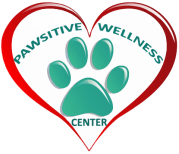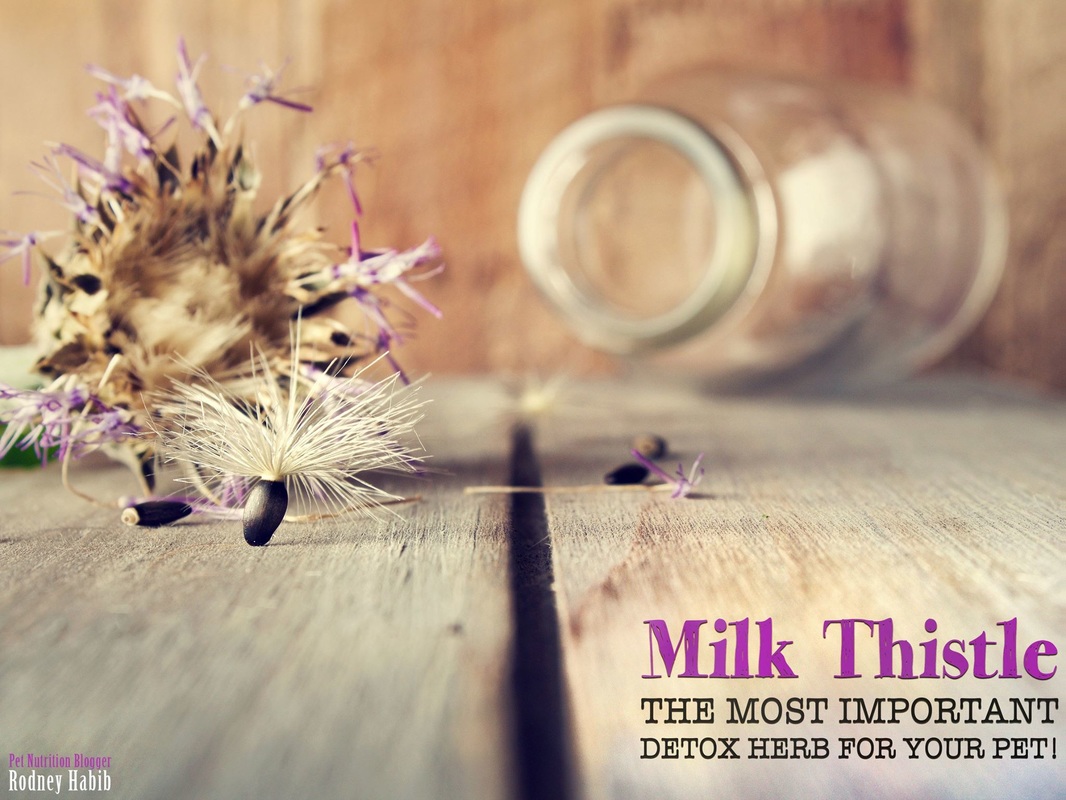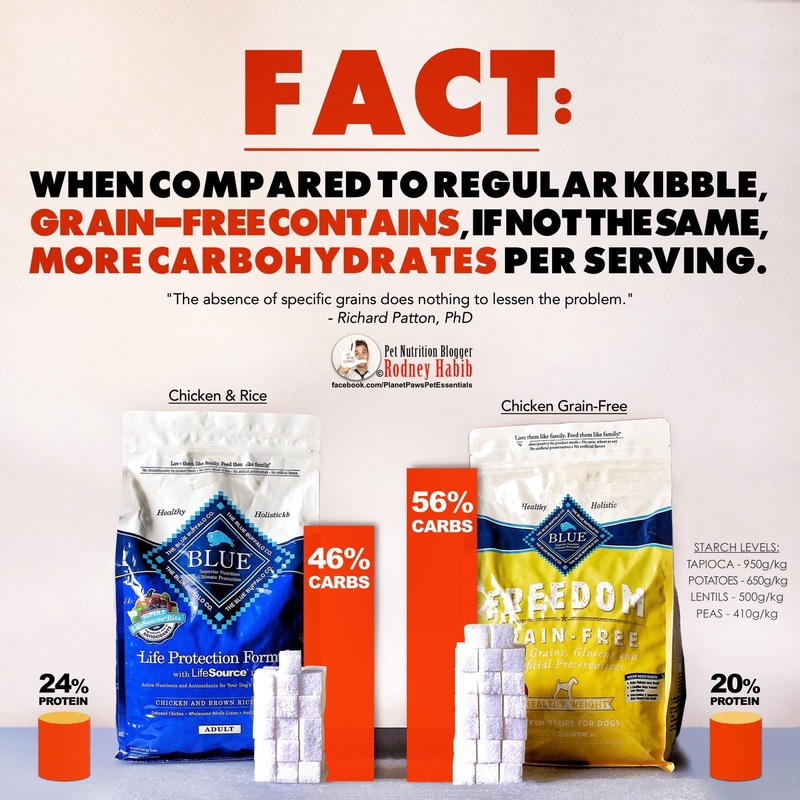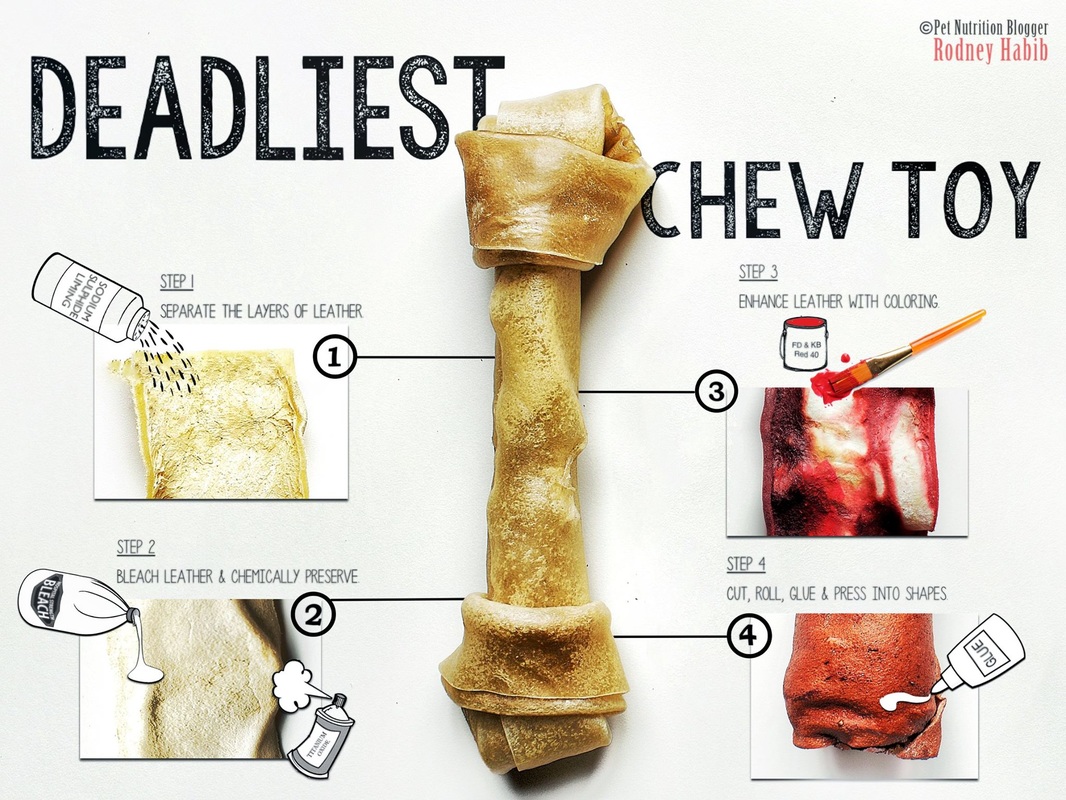|
I have used Milk Thistle with my pets for years to detox the kidneys and liver. There are so many toxins in our environment that both people n pets need to detox from our systems. I also use many mushrooms and essential oils to assist in detoxing. ONE OF THE MOST IMPORTANT HERBS TO EVER ADD TO YOUR PET’S DIET! DOSAGES: Use ¼ of a teaspoon per 20lbs of body weight. The Natural Way to Enhance your Pet’s Life: “Despite much of the publicity that has been generated about this ‘wonder herb’, milk thistle should not be used as a daily food supplement. Milk thistle is a medicine that is best reserved for situations in which the liver is already under abnormal stress.” Most holistic doctors feel that milk thistle should be administered for 3-6 weeks with a 1-3 week break. Detoxification is such an important process, not only for us humans, but also for our pets. We can be feeding our furry loved ones the best foods in the world but pores clogged with toxins will not allow essential nutrients to pass, causing a weakened immune system. A pet’s weakened immune system equals a multitude of problems! Milk thistle is the boss of detoxifiers! But what else can this rock star of an herb do exactly?
0 Comments
THE GRAIN-FREE GIMMICK: IS BUYING A “GRAIN-FREE” PET FOOD REALLY A BETTER VALUE FOR YOUR BUCK?5/25/2016 I have to post this article by Rodney Habib because so many people really don't understand how many carbohydrates are in kibble and they really think they are getting a better quality food when paying more for their grain free product.
For me feeding a raw diet is the only way to go. My dogs don't need carbohydrates that turn into sugar any more than I do. By Rodney Habib Pet Nutrition Blogger “ ‘Grain Free’ is a descriptor for pet food intended to mean no corn, soy, wheat, barley or oats. This is the epitome of false security and I don’t know who to criticize more loudly, the consumer that buys it or the marketer who pushes it. “ - Dr. Richard Patton, PhD With an obesity epidemic on our hands (60% of pets), along with the skyrocketing statistics surrounding diabetes and cancer, is grain-free pet food really the answer? Today, grain-free pet foods account for nearly 30% of pet food sales in the retail channel, hitting almost 24% growth in 2014, adding up to a total of US $2.2 billion sold in US pet stores. With more and more pet parents flooding to these type of foods in hopes of remedying allergies and obesity, why are things getting worse and not better for today’s kibble-fed pet? According to Dr. Patton, pet parents are missing the point: “First of all, the problem is not grain, it is SOLUBLE CARBOHYDRATE, and the absence of specific grains does nothing to lessen the problem. (I know there are those who condemn corn specifically, and its vast monoculture may indeed predispose some deficiency in its nutrient makeup. But I assure you this is minor compared to the problem of excess starch.) The starch needed for the manufacturing process is obtained in other ways, such as potatoes, rice or peas.” It’s the starch (aka sugar) levels that are the problem in pet food, not so much the grain aspect (although most grains are beaming with starch!). So, with a carb average in pet food being around 40%, is this a good level? Or is it too high for an obligate (cat) and facultative carnivore (dog)? Well, according to researchers, the average evolutionary diet of the dog or cat was around 4% carbs! “So here we come to the fundamental point: Not only is the modern dry diet higher in soluble carbohydrate than anything animals ever ate throughout evolution, but also the animal’s biological machinery was perfected to eke out a survival in a world with near constant lack of soluble carbohydrate.” – Dr. Patton Furthermore, according to Dr. Jean Dodds, high glycemic starches and cereal grains used in pet foods are the leading cause of the rampant obesity and chronic disease pervading the canine population. She believes these starches have resulted in the decades-long deterioration in the health of our nation's dogs and landed us right in the middle of a national canine health crisis, where obesity and chronic disease are the norm, not the exception. The bottom line here, my fellow pet parents of the planet, is that pet food manufacturers switched to grain-free foods because we, the public, demanded it (vilifying fats and grains), not because they wanted too. Basically, every time our pets would itch or scratch, we would self-diagnose, and grains had to be the problem. So we set out in search of grain-less foods and, in return, the manufacturers offered us starchy vegetables and legumes to compensate. Why? Because the kibble machinery cannot function without starchy carbohydrates in the pet food mix. It’s impossible. Well, unless you are a raw food manufacturer. Next time you head out to buy a bag of food, compare the carb contents of the grain-free bag you’re about to purchase, with the other grain-based bag the manufacturer offers. You will see both bags have the same amounts of carbs & starches which, ultimately, your pets’ bodies will convert to sugar, leading to a whole host of future problems. Moral of the story: don’t be duped and fall for the grain-free hype! If you want to drop all those sugary starches, try switching to a fresh, clean, whole food diet rich in ethically raised meat-based proteins. Rodney Habib - Pet Nutrition Blogger "An educated, informed and well-researched community of pet owners can only put more pressure on the pet food industry to be better! When pet owners know better, they will only do better!" I want to post this great article from Rodney Habib, Pet Nutrition Blogger, about the dog rawhide. I haven't fed them to my dogs in years since I read about all the chemicals in the rawhide and also that the animal can't digest this substance. This can block the digestive tract and that could entail surgery. The dogs orthodontist also told me rawhides were dangerous because they can crack or break teeth and the cost to cap a tooth is at least $1000.
By Rodney Habib How can one of the most popular chew sticks on the planet be so dangerous for your pets, you ask? I mean, most dogs chew on rawhide for hours on end, and not only does it keep them busy, but they seem to last forever. Well if you understood what it took to make this toxic “raw” leather stick, you would quickly understand what the problem is. Aside from the horror stories circulating all over social media these days, of pets needing emergency surgery after consuming rawhide, the majority of pet parents today, especially the newbies, believe that this chew is some sort of dried up meat stick. Let me debunk that myth right away! A rawhide stick is not the by-product of the beef industry nor is it made of dehydrated meat. Rather, rawhide is the by-product of the “Leather Industry”, so theoretically it is a leather chew. Sounds awesome, right? “Producing rawhide begins with the splitting of an animal hide, usually from cattle. The top grain is generally tanned and made into leather products, while the inner portion, in its “raw” state, goes to the dogs.” TheBark.com So, how does this leather, which is conveniently rolled up into pretty shapes, actually get made into those rawhide chews? Follow along my friends and I will enlighten you on how this hide travels through a leathery process where it transforms from hide to a not-so beautiful, colorful, chew stick. Here is a paraphrased tutorial that was explained by the whole dog journal several years back: STEP 1: Normally, cattle hides are shipped from slaughterhouses to tanneries for processing. These hides are then treated with a chemical bath to help “preserve” the product during transport to help prevent spoilage. (No one wants to purchase a black, spoiled rawhide stick!) Once at the tannery: the hides are soaked and treated with either an ash-lye solution or a highly toxic recipe of sodium sulphide liming. This process will help strip the hair and fat that maybe attached to the hides themselves. (No, no one wants to see a hairy hide…) Next on this glorious journey, these hides are then treated with chemicals that help “puff” the hide, making it easier to split into layers. The outer layer of the hide is used for goods like car seats, clothing, shoes, purses, etc. But, it’s the inner layer that is needed to make the rawhide. (Oh and other things like gelatin, cosmetics, and glue as well!) STEP 2: Now that we have the inner layer of the hide, it’s time to go to the post-tannery stage! Hides are washed and whitened using a solution of hydrogen peroxide and/or bleach; this will also help remove the smell of the rotten or putrid leather. Bonus! (Research also shows that other chemicals maybe used here to help the whitening process if the bleach isn’t strong enough.) STEP 3: Now it’s time to make these whitened sheets of this “leathery by-product” look delicious! So, here is where the artistic painting process comes in. “Basted, smoked, and decoratively tinted products might be any color (or odor) underneath the coating of (often artificial) dyes and flavors. They can even be painted with a coating of titanium oxide to make them appear white and pretty on the pet store shelves.” - whole-dog-journal.com “…the Material Safety Data Sheet reveals a toxic confection containing the carcinogen FD&C Red 40, along with preservatives like sodium benzoate. But tracking the effects of chemical exposure is nearly impossible when it’s a matter of slow, low-dose poisoning.”– thebark.com Ok, now that these hides have been painted, it’s time for the final process. STEP 4: Getting it to last forever! Because the FDA does not consider these chews to be food, really it’s a free for all when it comes to the manufacturers of these leather strips, and the products they may want to add to these chews, to get them to last forever. Any sort of glue can be added here to get these bad boys to never come apart. When tested: Lead, arsenic, mercury, chromium salts, formaldehyde, and other toxic chemicals have been detected in raw hides. So it’s safe to say that any sort of glues can be used as well! Finally, it’s time to package and attach all the glorious marketing labels to the product. Check out the fine print warning that’s attached with some of these rawhides: “Choking or blockages. If your dog swallows large pieces of rawhide, the rawhide can get stuck in the esophagus or other parts of the digestive tract. Sometimes, abdominal surgery is needed to remove them from the stomach or intestines. If it isn’t resolved, a blockage can lead to death.“ (Oh, how lovely…) And there it is! It’s now ready to be shipped to store shelves where it can be purchased for our loving animal companions. How do proactive veterinarians feel about these chews? Here is world-renowned veterinarian Doctor Karen Becker's take on the matter: “The name ‘rawhide’ is technically incorrect. A more accurate name would be processed-hide, because the skin isn’t raw at all. But the term “rawhide” has stuck. Rawhide chews start out hard, but as your dog works the chew it becomes softer, and eventually he can unknot the knots on each end and the chew takes on the consistency of a slimy piece of taffy or bubble gum. And by that time your dog cannot stop working it -- it becomes almost addictive. At this point, there’s no longer any dental benefit to the chew because it has turned soft and gooey, and, in fact, it has become a choking and intestinal obstruction hazard.“ P.S. Ready for the jaw dropper? An investigation by Humane Society International stated in their report, “In a particularly grisly twist, the skins of brutally slaughtered dogs in Thailand are mixed with other bits of skin to produce rawhide chew toys for pet dogs. Manufacturers told investigators that these chew toys are regularly exported to and sold in U.S. stores.” –dogingtonpost.com Rodney Habib - Pet Nutrition Blogger This article is by Rodney Habib and it is what all pet owners that feed commercial pet food should read. I have tried to explain this to many people who just don't understand how the pet industry is deceiving the consumer. This article explains it very well.
Rodney Habib - Pet Nutrition Blogger According the to the Petfood Industry Community: “47% of pet owners say they are looking for real meat as the No. 1 ingredient listed on a bag of pet food.” And guess what? The pet food manufacturer knows this! What Is Ingredient Splitting? “Ingredient splitting is the deceptive practice of subdividing a more abundant — yet inferior quality — ingredient into smaller portions. This dubious tactic can be used to artificially raise a meat item to a higher position on an ingredients list — and lower an inferior one Being able to divide a dominant ingredient into smaller portions permits any pet food company to trick you into believing there’s more meat in a product than there actually is.” – Dog Food Advisor This trick can be done with almost any ingredient in a bag of pet food! For instance, in the photo a random bag of pet food was chosen that was labeled Pork and Peas. The pea ingredient has been broken down into 3 different categories: peas, pea flour and pea protein. By breaking them down into different categories, the weight of the peas can be divided into three, leaving the meat ingredient on top of the list. Pure genius!! (Not really) The peas outnumber the meat, almost a 3:1 ratio. Rather than the bag being called peas and pork, it can now be labeled pork and peas because of this sneaky trick! Some other examples to look for when ingredient splitting can occur: Corn: Corn gluten meal, corn flour, and whole ground corn Rice: whole rice, white rice, brown rice, rice flour and rice bran Potatoes: dried potatoes, potato starch, potato protein, and potato flour Ready for the real kicker? Pet food labels are listed before the cooking process. Even though a product lists pork as the first ingredient, the pork meat still includes about 70-75% water. Once extruded, the moisture is removed and left at around 10%, so the pork will have shrunk to 25% of the original amount while dry ingredients, like the different pea categories, will not change that much! “So, the next time you see a meat item as the first ingredient on the list — don’t be too impressed. Or you could become the next victim of the pet food industry’s ability to re-order its ingredients list to suit its marketing strategy.” – dogfoodadvisor.com Rodney Habib - Pet Nutrition Blogger "An educated, informed and well-researched community of pet owners can only put more pressure on the pet food industry to be better! When pet owners know better, they will only do better!" |
Blog CreatorMary DeRoche Archives
April 2024
Categories
All
|
DISCLAIMER: I, Mary DeRoche, am not a veterinarian and do not practice medicine. I do not diagnose, cure, heal, treat disease or otherwise prescribe medication. I assist people in working with their animals in correcting energetic imbalances in their pet’s bio-field that assists the body to release its innate healing ability. When the energy chi of the body is balanced and moving correctly, the body’s innate natural energy heals itself. All healing is self-healing. Animals are affected by their environment so I also include the pet parents in my work. Animals do pick up energy from their family and environment. I only recommend the use of therapeutic grade essential oils for your pets because therapeutic grade essential oils have been tested to guarantee that they are free of synthetics, additives, toxins and any other impurities, which can result in side effects and/or inconsistent results. Essential oils and supplements are recommendations to help boost the pet’s immune system.
I recommend that clients continue to see their pet’s regular veterinarian and follow their advice and my work is a complement to regular allopathic medicine. My spiritual energy work is not a substitute for conventional medical diagnosis or treatment for any medical or psychological condition. For such issues, you should seek the proper licensed veterinarian. I am a Healing Touch for Animals Practitioner and a Subtle Energy Practitioner and my work is spiritually and energetically based and I believe all healing is spiritual in nature. I do not make any promises, warranties or guarantees about results of my work, or of the energy sessions. The energy sessions help many animals but like any energy work, it might not work for everyone. The use of essential oils, herbs and supplements is to assist the pet with balancing chakra centers for proper energy flow or chi.
© 2013~2023 Pawsitive Wellness Center All Rights Reserved.
I recommend that clients continue to see their pet’s regular veterinarian and follow their advice and my work is a complement to regular allopathic medicine. My spiritual energy work is not a substitute for conventional medical diagnosis or treatment for any medical or psychological condition. For such issues, you should seek the proper licensed veterinarian. I am a Healing Touch for Animals Practitioner and a Subtle Energy Practitioner and my work is spiritually and energetically based and I believe all healing is spiritual in nature. I do not make any promises, warranties or guarantees about results of my work, or of the energy sessions. The energy sessions help many animals but like any energy work, it might not work for everyone. The use of essential oils, herbs and supplements is to assist the pet with balancing chakra centers for proper energy flow or chi.
© 2013~2023 Pawsitive Wellness Center All Rights Reserved.




 RSS Feed
RSS Feed